 For the third time, legal action from the four largest commercial television networks to shut online streaming service Aereo has been denied.
For the third time, legal action from the four largest commercial television networks to shut online streaming service Aereo has been denied.
In a 10-2 decision, with one recusal, the 2nd Circuit Court of Appeals denied an attempt to re-hear the case by the full appellate court.
Following disposition of this appeal on April 1, 2013, Plaintiffs-Appellants filed petitions for rehearing in banc. An active judge of the Court requested a poll on whether to rehear the cases in banc. A poll having been conducted and there being no majority favoring in banc review, rehearing in banc is hereby denied.
Circuit Judge Denny Chin strongly dissented from the majority’s decision, joined by Circuit Judge Richard C. Wesley. Chin firmly took the side of the broadcasters, fearing if Aereo was permitted to continue operating, it could quickly mean the end of free over-the-air television. He believes the service exists only because of a precarious loophole:
“The majority’s decision elevates form over substance. It holds that a commercial enterprise that sells subscriptions to paying strangers for a broadcast television retransmission service is not performing those works publicly. It reaches that conclusion by accepting Aereo’s argument that its system of thousands of tiny antennas and unique copies somehow renders these transmissions “private.” In my view, however, the system is a sham, as it was designed solely to avoid the reach of the Copyright Act and to take advantage of a perceived loophole in the law….”
Just about every over-the-air network and major station in the New York City area is opposed to Aereo. Among those filing suit against its continued operation:
- Networks: ABC, CBS, NBC, FOX, PBS, Univision, and Telemundo
- Stations: WNET, WPIX, WNJU
[flv width=”640″ height=”380″]http://www.phillipdampier.com/video/Bloomberg IACs Diller Says Aereo Is Not a Threat to Anyone 7-10-13.flv[/flv]
Barry Diller, the force behind Aereo, tells Bloomberg News he expected to get sued when he provided viewers with an alternate way to watch television. Diller says networks and stations are simply uncomfortable with change and that Aereo poses no threat to them. (3 minutes)
[flv width=”640″ height=”380″]http://www.phillipdampier.com/video/Bloomberg Aereo Not a Blip on Broadcasters Radar 6-27-13.flv[/flv]
Bloomberg Industries director of North American research Paul Sweeney looks at Aereo’s impact on television broadcasters and how it could eventually threaten their revenue streams. He speaks on Bloomberg Television’s “In The Loop.” (2 minutes)


 Subscribe
Subscribe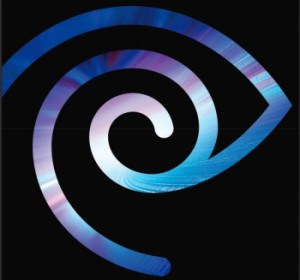 Time Warner Cable won’t engage in an expensive bidding war for ownership of Hulu so it is trying to convince the online video venture’s current owners not to sell.
Time Warner Cable won’t engage in an expensive bidding war for ownership of Hulu so it is trying to convince the online video venture’s current owners not to sell.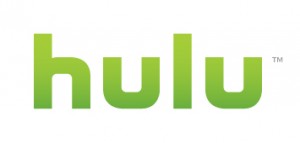 Hulu’s new owners could continue to offer the service much the same way it is provided today, with a free and pay version. But most expect the new owners will throw up a programming “pay wall,” requiring users to authenticate themselves as a pay television customer before they can watch Hulu programming. If Time Warner Cable acquired a minority interest and the current owners stayed in place, Time Warner Cable TV customers could benefit from free access to certain premium Hulu content, now sold to others for $8 a month. That premium content would presumably be available to U-verse customers if AT&T emerges the top bidder, or DirecTV could offer Hulu to satellite subscribers to better compete with cable companies’ on-demand offerings.
Hulu’s new owners could continue to offer the service much the same way it is provided today, with a free and pay version. But most expect the new owners will throw up a programming “pay wall,” requiring users to authenticate themselves as a pay television customer before they can watch Hulu programming. If Time Warner Cable acquired a minority interest and the current owners stayed in place, Time Warner Cable TV customers could benefit from free access to certain premium Hulu content, now sold to others for $8 a month. That premium content would presumably be available to U-verse customers if AT&T emerges the top bidder, or DirecTV could offer Hulu to satellite subscribers to better compete with cable companies’ on-demand offerings.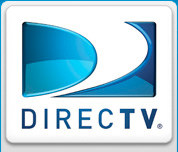 The Los Angeles Times reports that pay TV distributors are in a rush to make deals, not only to offer more viewing options for customers, but to potentially get rid of expensive and cumbersome set-top boxes.
The Los Angeles Times reports that pay TV distributors are in a rush to make deals, not only to offer more viewing options for customers, but to potentially get rid of expensive and cumbersome set-top boxes.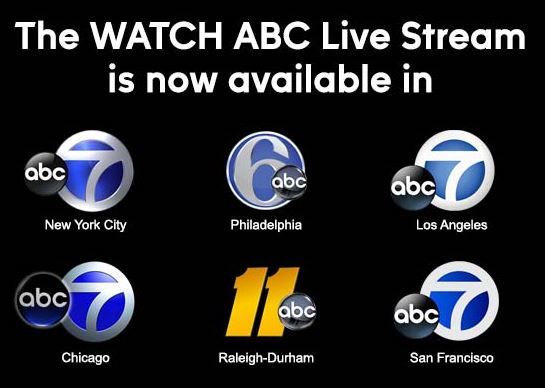 Free TV? Not quite.
Free TV? Not quite. Cox Communications has found a new way to target cord-cutters and sell television service to its broadband-only customers reluctant to sign up for traditional cable television.
Cox Communications has found a new way to target cord-cutters and sell television service to its broadband-only customers reluctant to sign up for traditional cable television.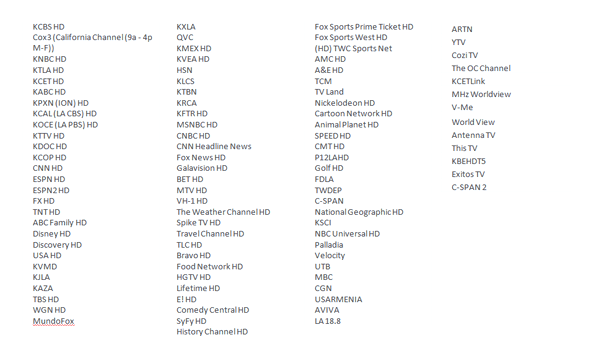

 Time Warner Cable subscribers in New York and New England are receiving letters notifying them their local public access, educational, and government (PEG) channels are being removed from the analog television lineup and switched to a digital-only format.
Time Warner Cable subscribers in New York and New England are receiving letters notifying them their local public access, educational, and government (PEG) channels are being removed from the analog television lineup and switched to a digital-only format.